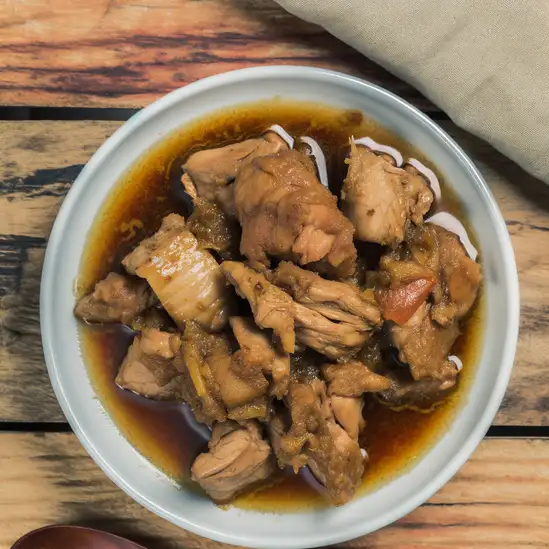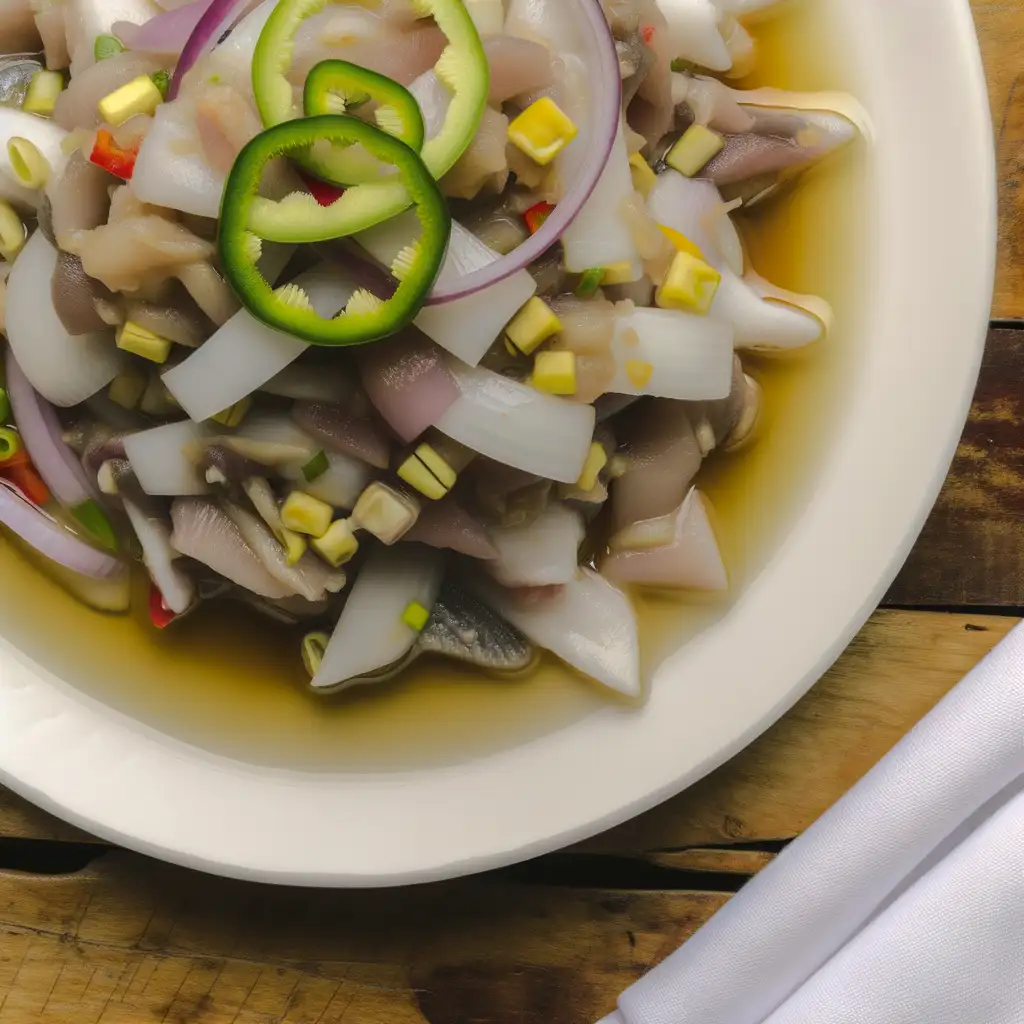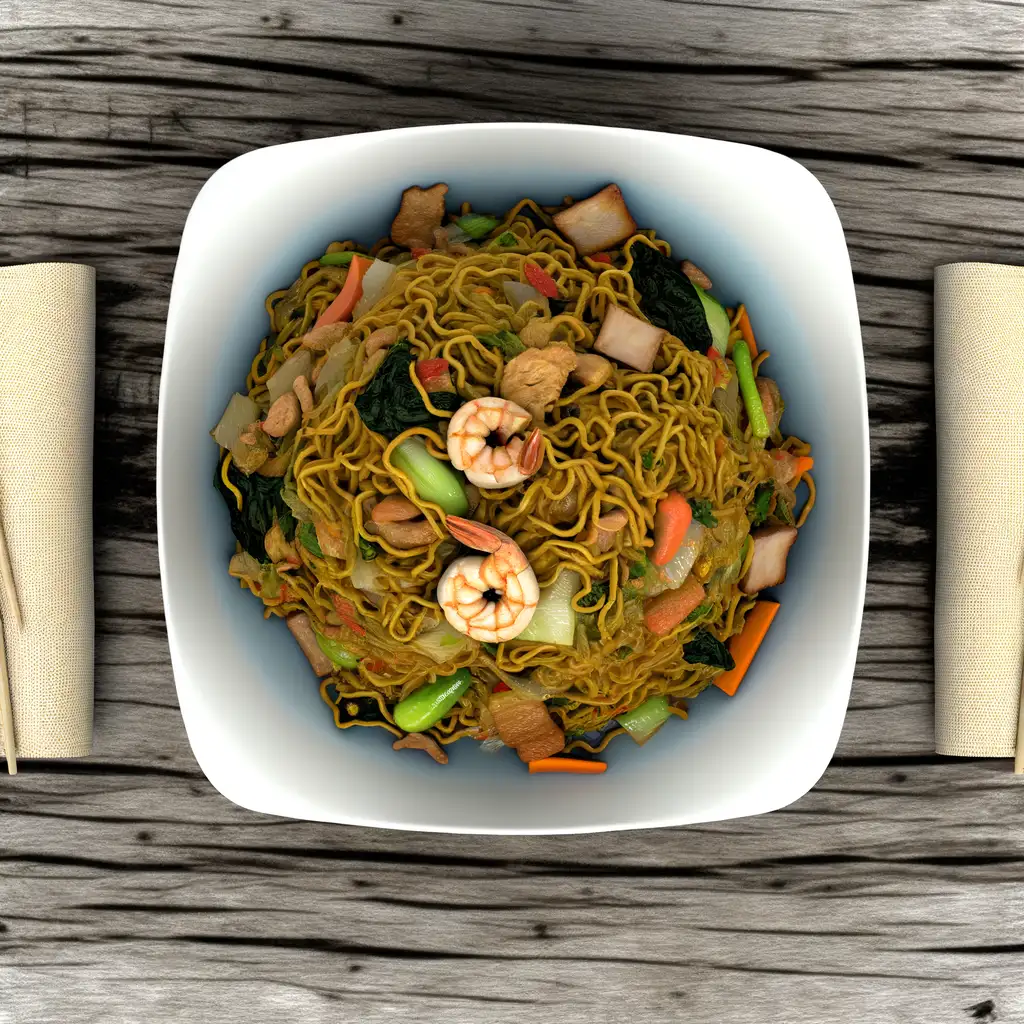



If you ever find yourself craving a place where the ocean breeze feels like a gentle hug and the sunsets paint the sky in fiery oranges and pinks,Samal in the Philippines should be on your radar. This island city has this laid-back,welcoming vibe that instantly makes you want to slow down and soak it all in. Imagine waking up to the soft rustle of palm leaves and the distant call of fishermen heading out to sea,with the scent of saltwater mingling with fresh tropical blooms. What really makes Samal stand out is its blend of natural beauty and warm,down-to-earth culture. The beaches here aren’t just pretty—they’re alive with color,from the vibrant coral reefs beneath the waves to the cheerful chatter of locals selling fresh mangoes and grilled seafood by the shore. You can dive into crystal-clear waters,feeling the cool embrace of the sea,or wander through lush gardens where orchids and hibiscus bloom wildly,their fragrance thick in the air. But beyond the scenery,it’s the people who make Samal unforgettable. There’s a genuine kindness in the smiles you meet,a relaxed rhythm to daily life that invites you to join in rather than just observe. Whether you’re sharing a meal of sweet,sticky rice cakes or listening to stories under a starlit sky,Samal feels like a place where time stretches just enough for you to catch your breath and fall in love with the simple joys of island life.
The information on this page is currently being reviewed by Tripkliq and should be used as a guide only
Eng word: Hello
Eng pronunciation: Hello
Local language: Hello
Eng word: Goodbye
Eng pronunciation: Pah-ah-lahm
Local language: Paalam
Eng word: Thank you
Eng pronunciation: Sah-lah-maht
Local language: Salamat
Eng word: How much
Eng pronunciation: Tag-pee-lah
Local language: Tagpila
Eng word: Toilet
Eng pronunciation: Kah-sil-yas
Local language: Kasilyas
Eng word: Help me
Eng pronunciation: Tah-bahng-ee koh
Local language: Tabangi ko
Eng word: Yes
Eng pronunciation: Oh-oh
Local language: Oo
Eng word: No
Eng pronunciation: Dee-lee
Local language: Dili
Eng word: Excuse me
Eng pronunciation: Pah-sigh-loh-ah koh
Local language: Pasayloa ko
Samal officially became the Island Garden City of Samal (IGaCoS) on January 30,1998, through Republic Act No. 8471. This designation highlights its unique blend of natural beauty and urban development.
Before Spanish colonization, Samal was home to the indigenous Sama-Bajau people, who were known for their seafaring skills and rich cultural traditions that are still celebrated today.
Samal is renowned for its pearl farming industry, which dates back to the mid-20th century. The pristine waters surrounding the island provide an ideal environment for cultivating high-quality pearls.
During World War II, the Japanese forces constructed tunnels on Samal Island as part of their defense strategy. These tunnels are now historical landmarks that attract history enthusiasts.
The Monfort Bat Sanctuary on Samal Island is home to the world's largest colony of Geoffrey's Rousette fruit bats, a Guinness World Record holder. This natural wonder is a testament to the island's commitment to wildlife conservation.
The Sama tribe, one of the island's earliest settlers, has greatly influenced the culture of Samal. Their traditional dances, music, and crafts are integral to the island's identity.
Hagimit Falls, a popular tourist destination, has been a vital part of Samal's history as a natural retreat for locals and visitors alike. Its cascading waters and lush surroundings reflect the island's natural beauty.
Samal began to gain recognition as a tourist destination in the 1980s, thanks to its white sand beaches, crystal-clear waters, and proximity to Davao City. This marked the start of its transformation into a tropical paradise for travelers.
Samal is known for its efforts to conserve the Waling-Waling orchid, a rare and beautiful flower native to the Philippines. The island's dedication to preserving this species reflects its commitment to biodiversity.
In Samal, the most common Power Adaptor is Type A, Type B.



A popular Filipino dish made by marinating meat (usually chicken or pork) in vinegar, soy sauce, garlic, and spices, then simmered until tender.

A sour soup made with tamarind, tomatoes, and various vegetables, often cooked with pork, shrimp, or fish, providing a refreshing and tangy flavor.

A whole roasted pig, known for its crispy skin and tender meat, often served during special occasions and celebrations.

A popular Filipino dessert made with crushed ice, sweetened fruits, jellies, and topped with leche flan and ube ice cream, perfect for the tropical heat.

A traditional Filipino dish made from fresh raw fish marinated in vinegar, citrus juices, and spices, often served as an appetizer.

A stir-fried noodle dish that comes in various forms, often mixed with vegetables, meat, and seafood, symbolizing long life and good fortune.
Imagine stepping into a place where history hums through the streets and the ocean breeze carries the scent of salty adventure—that’s Cebu City for you. The moment you arrive,there’s this lively energy that wraps around you,a mix of old-world charm and modern buzz. You’ll find yourself wandering through colorful markets where the chatter of vendors blends with the aroma of freshly grilled street food—think sweet,smoky lechon sizzling over coals,tempting you at every corner.
Cebu’s character is a beautiful blend of the past and present. Ancient Spanish forts and centuries-old churches stand proudly alongside sleek cafes and vibrant street art. The city pulses with warmth,not just from the tropical sun but from the people who greet you with genuine smiles and stories. At night,the streets light up with music and laughter,and you can almost taste the festive spirit in the air.
What really makes Cebu unforgettable is how it feels alive in every sense. You can hear the waves crashing nearby,see the colorful jeepneys weaving through traffic,smell the tropical fruits at the market,and feel the warmth of the sun on your skin as you explore. It’s a place where culture,history,and everyday life blend seamlessly,inviting you to dive in and experience its vibrant soul firsthand.
If you ever find yourself craving a place where nature’s calm meets a laid-back island spirit,Puerto Princesa is where you want to be. The moment you step off the plane,there’s this warm,salty breeze that wraps around you,carrying the faint scent of the sea and tropical blooms. It’s a city that doesn’t rush — people move with a gentle rhythm,and the streets hum softly with the chatter of locals and the occasional strum of a guitar from a nearby café. It feels like a breath of fresh air,both literally and figuratively.
What really makes Puerto Princesa stand out is its deep connection to nature. The famous Underground River is just the beginning — lush mangroves,crystal-clear waters,and vibrant coral reefs surround the city,inviting you to explore. You can hear the calls of exotic birds in the morning and watch fishermen bring in their catch as the sun dips low,painting the sky in shades of pink and orange. The food scene here is a delightful surprise too — fresh seafood grilled right on the beach,sweet tropical fruits bursting with flavor,and local dishes that tell stories of the sea and the land.
But beyond the sights and tastes,it’s the people who make Puerto Princesa unforgettable. Their warmth and genuine smiles make you feel like you’re not just visiting,but truly welcomed. Whether you’re wandering through the bustling market or sharing a laugh with a vendor,there’s a sense of community that lingers long after you leave. It’s a place that invites you to slow down,soak in the simple joys,and leave with a heart full of stories.
If you ever find yourself wandering through the heart of Bohol,Tagbilaran City greets you with a warm,unhurried rhythm that feels like a gentle hug after a long journey. The city hums with life—not the overwhelming buzz of a metropolis,but a lively,welcoming energy where jeepneys rattle by and street vendors call out their fresh fruit and local snacks. As you stroll along the waterfront,the salty breeze carries the faint scent of grilled seafood mingling with tropical flowers,inviting you to slow down and savor the moment.
Tagbilaran’s charm lies in its blend of old and new. You’ll catch glimpses of Spanish-era churches standing proudly beside colorful markets where locals barter over ripe mangoes and sticky rice treats. The city’s pulse is deeply tied to its people—friendly,easygoing,and proud of their heritage. At night,the streets light up with laughter and music spilling from small eateries where you can taste the rich flavors of Boholano cuisine,like the sweet,tender kalamay or freshly caught fish cooked with coconut milk.
What really stays with you is the city’s sense of community and its connection to the sea. Whether you’re watching fishermen haul in their catch at dawn or joining a lively fiesta,Tagbilaran feels like a place where stories are shared over steaming cups of coffee and where every corner invites you to discover a new layer of its soul. It’s not just a stopover—it’s a place that quietly pulls you in and makes you want to stay a little longer.
If you ever find yourself craving a place where history hums softly alongside the buzz of everyday life,Iloilo City is where you want to be. The moment you step into its streets,there’s this warm,inviting energy—like the city is gently nudging you to slow down and savor its stories. You’ll notice the colonial-era buildings standing proudly beside modern cafes,their facades telling tales of centuries past. The air carries a subtle mix of salty sea breeze and the sweet aroma of freshly baked pan de sal,making every morning feel like a comforting embrace.
Walking through Iloilo,you’ll hear the lively chatter of locals,the clinking of glasses in cozy eateries,and the distant strum of guitars from street performers. The city’s character shines brightest in its festivals,especially the Dinagyang,where vibrant costumes and rhythmic drums fill the streets with infectious joy. But even on quieter days,the genuine smiles of Ilonggos and their easygoing hospitality make you feel like you’ve found a second home.
And then there’s the food—oh,the food! From the rich,savory batchoy served steaming hot in humble noodle shops to the sweet,creamy taste of fresh mangoes,every bite is a celebration of local flavors. Iloilo isn’t just a place to visit; it’s a place to experience,where every corner invites you to pause,breathe,and fall a little in love with its soul.
Known as the 'City of Gentle People,' Dumaguete is a hub for exploring nearby Apo Island,a world-renowned diving destination with vibrant marine life.
ExploreDubbed the 'Asia's Latin City,' Zamboanga offers unique cultural experiences and access to the stunning pink sand beaches of Sta. Cruz Island.
ExploreScammers may install skimming devices on ATMs in tourist-heavy areas to steal card information from unsuspecting visitors.
Vendors may sell fake or low-quality souvenirs claiming they are authentic local crafts, often at inflated prices.
Scammers may pose as officials and charge tourists fake environmental or entrance fees at beaches or attractions.
Unlicensed individuals may pose as tour guides and offer services, but provide little value or abandon tourists after receiving payment.
Some resorts may advertise low rates but add hidden charges for amenities, environmental fees, or mandatory meals upon check-in.
Tricycle drivers or boat operators may overcharge tourists for rides, especially if they are unfamiliar with local rates.
Tour operators may charge tourists significantly higher prices for island hopping packages compared to locals, or include hidden fees for services like snorkeling gear or entrance fees.
The Philippines has very strict anti-drug laws. Possession, use, or trafficking of illegal drugs is a serious offense and can result in severe penalties, including long prison sentences or even the death penalty. Tourists should avoid any involvement with drugs and be cautious about their belongings to ensure they are not unknowingly carrying prohibited substances.
In Samal, Philippines, smoking is regulated under the nationwide Tobacco Regulation Act (RA 9211). Smoking is prohibited in public places such as schools, hospitals, public transport, and enclosed areas. Designated smoking areas may be available in some establishments, but tourists should always check for signage. Violations can result in fines or penalties.
Vaping is subject to similar restrictions as smoking under Executive Order No. 26, which enforces a nationwide smoking ban in public places. Vaping is prohibited in enclosed public spaces and public transport. Designated vaping areas may be available, but tourists should exercise caution and follow local rules.
What are other people saying about Samal?
Recent Social posts about Samal
There is nothing to show you for now.